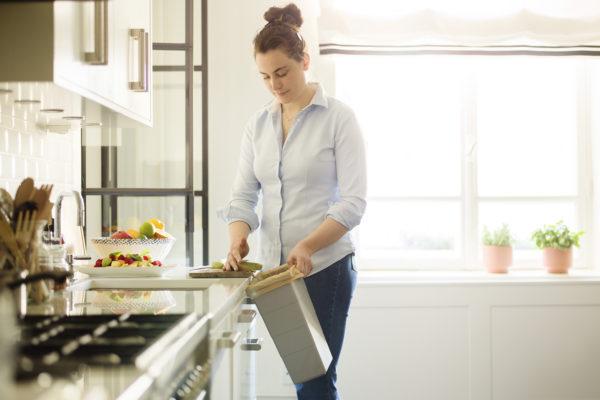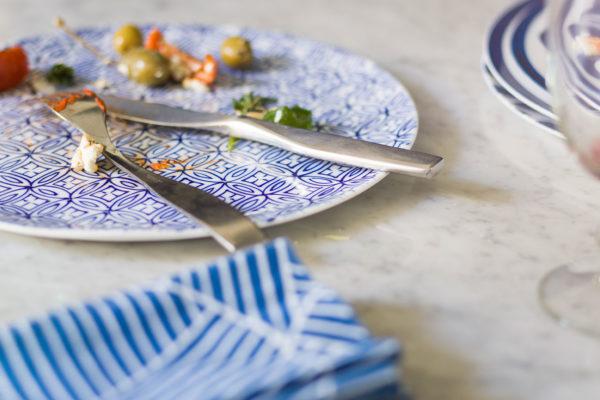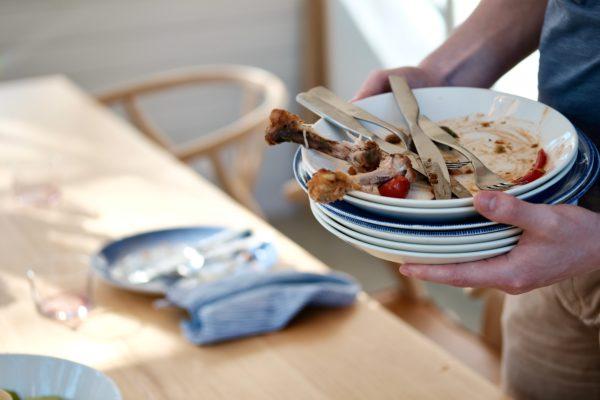You can find plenty of recipes to reduce food waste online.
Porridge can be added to bread roll dough. Boiled potatoes are great in omelettes, and meat and fish in risottos. Boiled rice can be fried the next day, and you can turn leftover pasta into a salad. If you have any limp vegetables or slightly less-than-fresh fruit, why not puree them to make soups or smoothies? Bread that’s getting a bit dry can become pizza, bruschetta or French toast.
Using yesterday’s leftovers is a home ec skill that’s practiced all over the world, and is fostered by the Martha Organisation in Finland. Their website includes this recipe for Stablemaster’s Pudding. It’s a great way of using up dry rye bread and any berries lying forgotten at the back of the freezer.
If you feel like breaking Finnish culinary traditions, you can experiment with flavours from across the world: Jambalaya, Pad Thai and Gumbo are great ways of spicing up leftovers.
“Using food to make new food is a home ec skill”
Read more articles from Bioska

Waste processing is a growing business
More food is produced than is consumed. Unfortunately, the amount of waste from food production is only expected to grow. Various factors are affecting this, such as people adopting plant-based diets and an increase in processed food and take-aways.
Read more
Five-star leftovers
Biowaste is becoming an increasingly valuable raw material. Waste food restaurants have already been established in Finland. Apps, and at least one webstore, have been developed to sell waste food before it goes bad. In many homes, biowaste is also being recycled and processed in more creative and refined ways.
Read more
